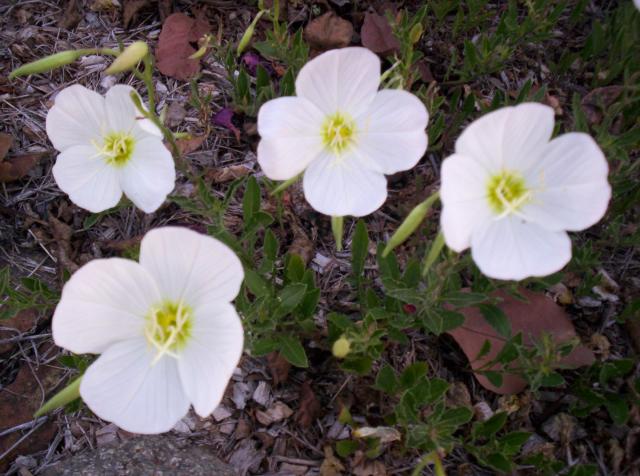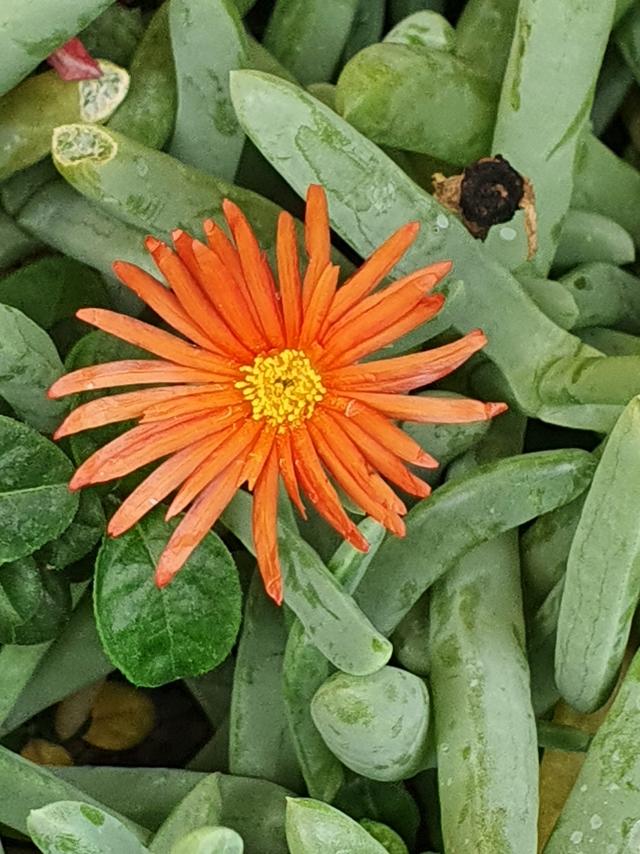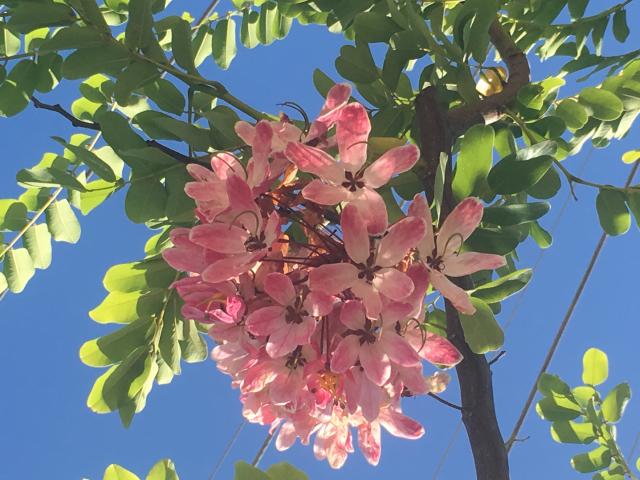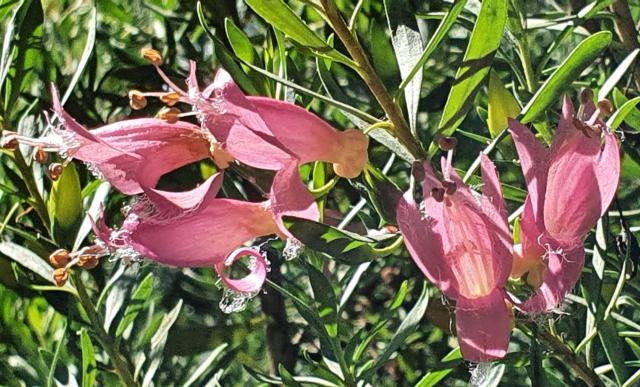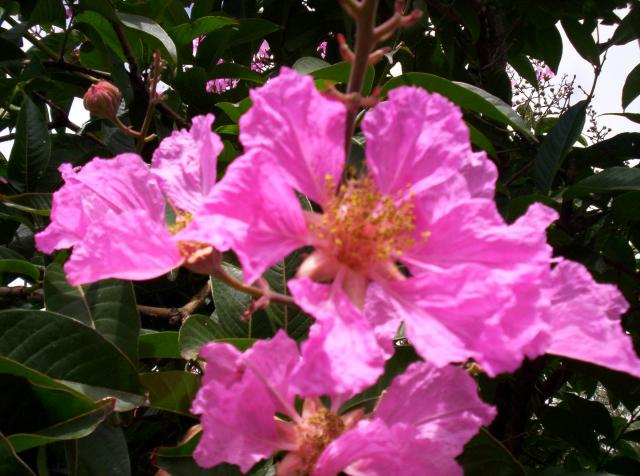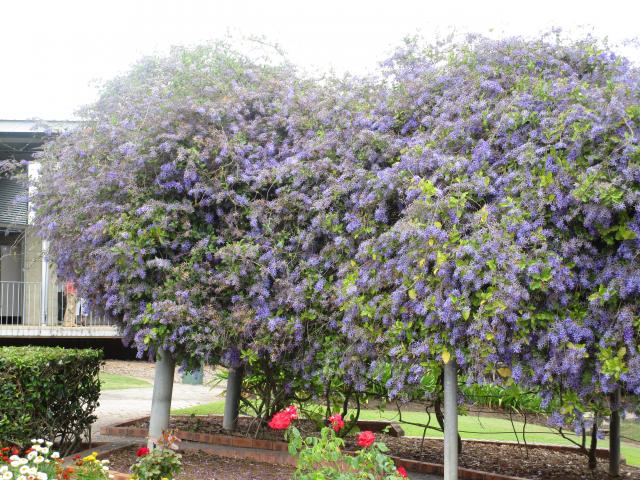I received this old printed information sheet the other day giving water-wise advice to gardeners 55 years ago.
The information contained in it is just as relevant today as it was in 1969, with the exception of the recommended mulch.
We are lucky to have a wide range of mulches available these days that will provide all the garden needs and look good at the same time.
I would like to know more about the history of this information sheet, who wrote it, who printed it, who or what origination distributed it? The information was well ahead of its time.
Clever watering ideas for Regional Queensland (1969)
1. Water only during the evening periods to reduce evaporation and give the plants an opportunity to absorb water during the relatively cooler periods during the night.
The next alternative is to water early in the morning, but never during the heat of the day.
Wilting on plants during the day will occur in severe heat whether the ground is moist or not and the idea is to allow the plant to intake as much water as possible prior to the heat of the day to sustain it.
When watering, water thoroughly and deeply otherwise roots will grow toward the surface seeking water, compounding the stresses on the plant.
2. Container grown plants (pots, hanging baskets) or raised bed areas will dry out faster than plants set directly into the ground and require daily or more frequent watering.
Be aware of this and water more frequently (dusk and dawn only).
3. When planting trees and shrubs, do so in autumn or early spring to allow root systems to become well established and produce feeder roots to increase capability to intake water prior to the dry, hot season.
4. Never transplant during the heat of summer. Wait for cooler seasons or periods of prolonged rain and cooler temperatures.
If you must transplant during the summer, water faithfully every day for at least a week. Trees normally need continuous watering for one year after planting if rainfall doesn’t do the job.
5 .Mulch all beds well during summer heat. This helps reduce weeds, and retain ground moisture.
An organic mulch is recommended, e.g. lawn clippings or stable straw.
This allows for good aeration, yet is porous to water but reduced moisture loss.
Also, organic mulch decomposes and adds nutrient to the bedding soil. Any organic material used to mulch beds will help your plants during summer.
Apply a fresh layer each year.
NOTE. Lawn clippings and leaf litter are good mulches, as long as they are weed free, and are not fresh and green.
Fresh vegetation can heat the soil as it is decomposing, and deplete the soil of nitrogen more than mulch that is partially broken down.
Do not use lawn clippings from a yard that had a weed killer applied within the last two mowings.
Older lawn clippings and leaves laid down as a mulch can also cause a temporary nitrogen deficiency, as soil micro-organisms pull from the soil the nitrogen they need to break down the vegetation.
Once the mulch is broken down, the nitrogen will be released to the soil, but to avoid a temporary deficiency, some extra nitrogen should be provided. Compost used as a mulch will not present this problem.
Some well-rotted manure or compost can be mixed with lawn clippings and leaves in a one to 10 proportion before it is added to the garden.
Fertiliser such as 16-20-0 should be sprinkled over the top of the mulch after it is added to the garden at rates of 2 pounds per 1000 square feet.
6. Consider using Xerophytic Plants as much as possible in the garden.
These are plants that can sustain long periods of dry conditions and require much less water.
This reduces maintenance needs, conserves water for other uses, and encourages the use of native plants that have evolved to grow best in local conditions.
Some of my preferred Xerophytic Plants include:
– Creepers like Allamanda, Bougainvillea, Campsis and Petrea.
– Shrubs like Buddleia, Calliandra, Callistemon, Eremophila, Plumbago and Westringea.
– Groundcovers like Bracteantha, Evolvulus, Gazanias, Lampranthus, Myopormum and Oenothera.
– Trees like Caesalpinia, Cassia, Lagerstroemia and Tabebuia.


